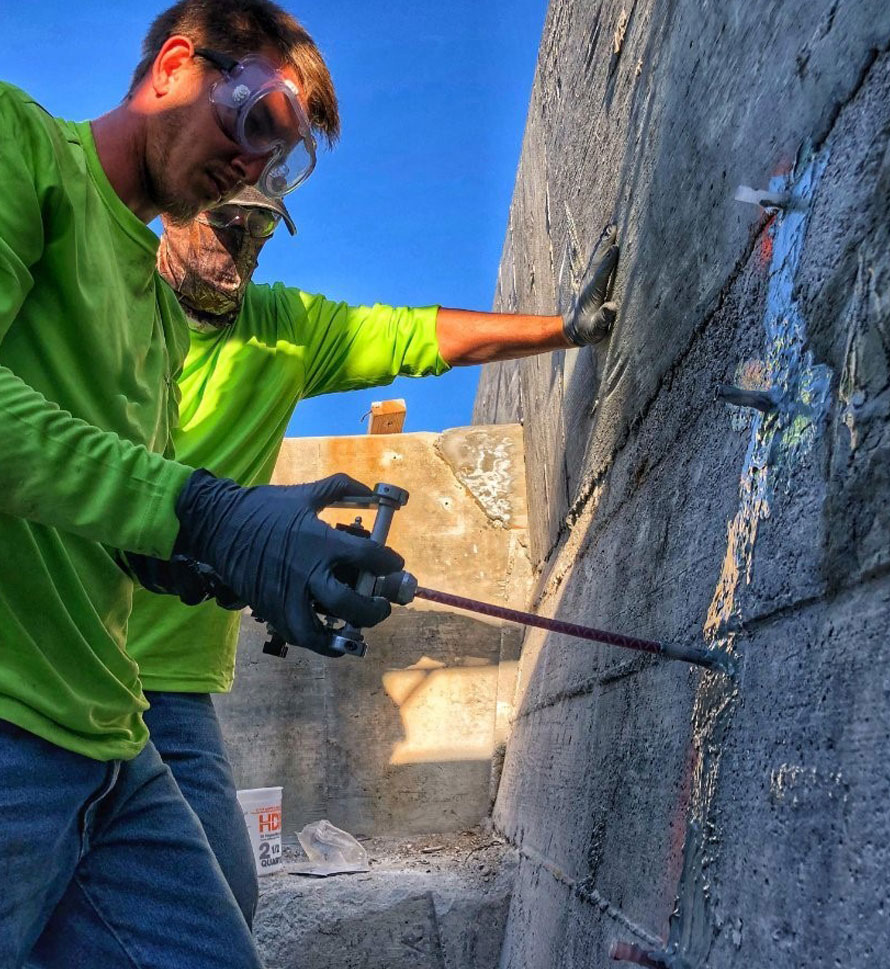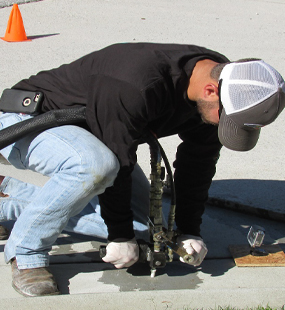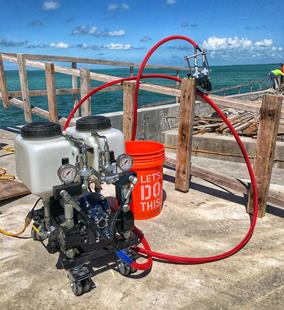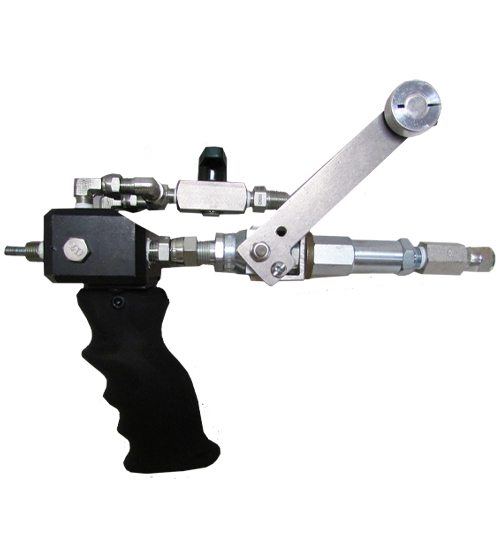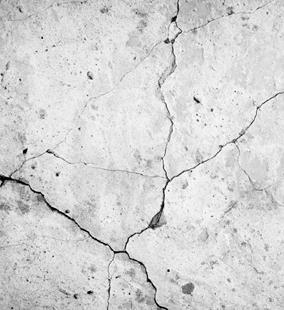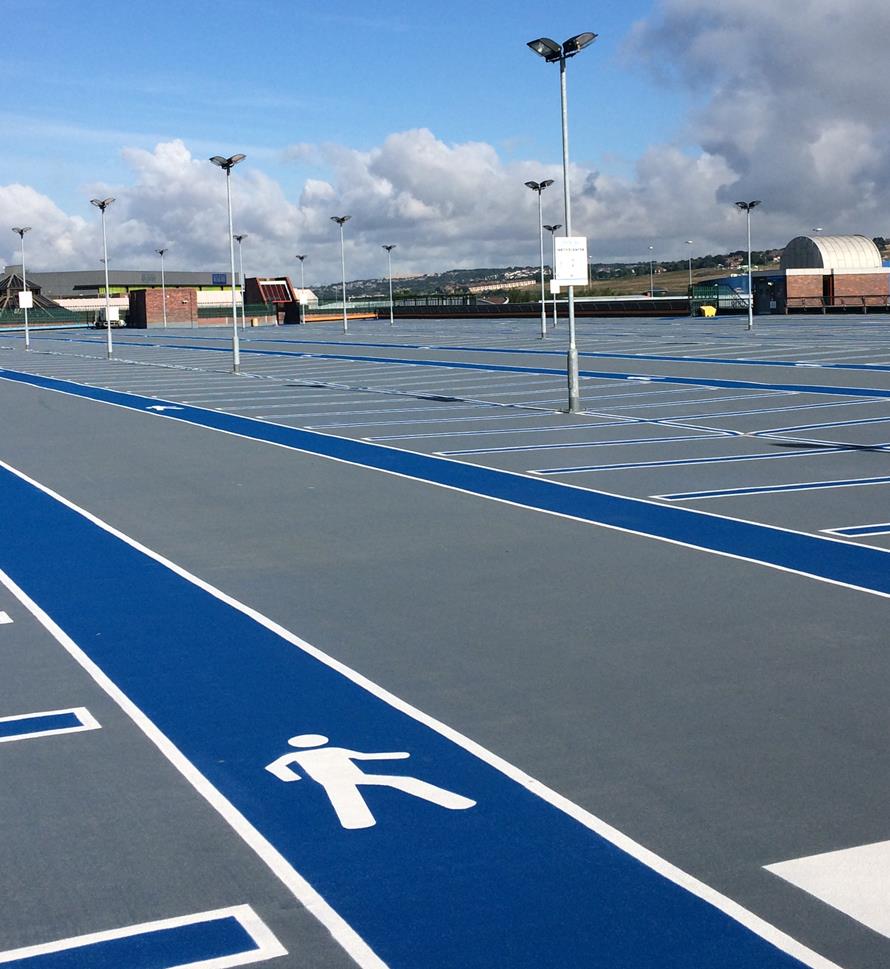
- Home
-
Solutions
-
Leak Seal
Seal leaks in concrete or masonry with crack injection and curtain grouting of our Prime Flex polyurethanes and AR acrylate resins. Prime Resins offers superior solutions for stopping leaks in every type of environment.
Read More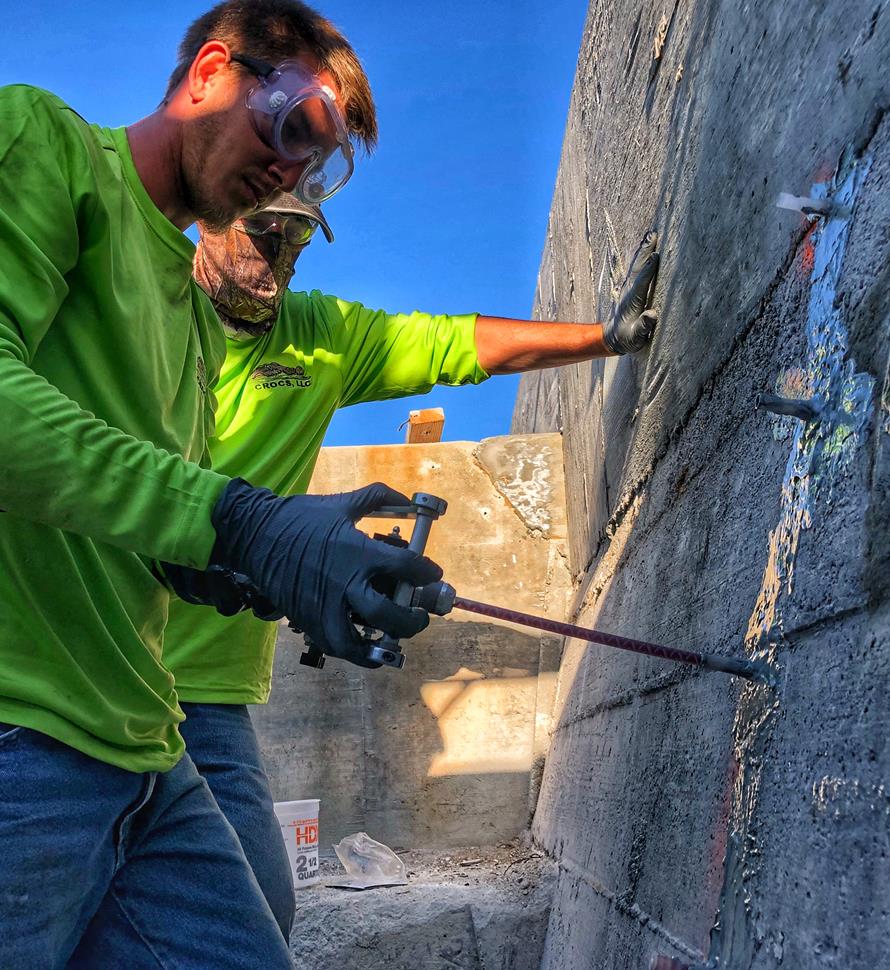
-
Soil Stabilization
Sound concrete relies on a sound substrate. Stabilize soils and fill voids with our polyurethane and acrylate foams and gels. We make chemical grouts for permeation and compaction grouting in wet and dry conditions.
Read More
-
Slab Lifting & Stabilization
Slab lifting and slab stabilization with polyurethane foams offers many advantages over traditional mudjacking. Only Precision Lift is engineered to tackle underlying issues and slab lifting with precise, dependable results.
Read More
-
Floor Repair & Joint Protection
Spalled concrete is concrete that is chipped, cracked and deteriorating. This often happens at a joint.
Read More
-
Seawall Repair
You can repair a seawall or bulkhead with Prime Resins chemical grouts: fill voids, stabilize loose soil and seal leaks at a fraction of the cost of wall replacement.
Read More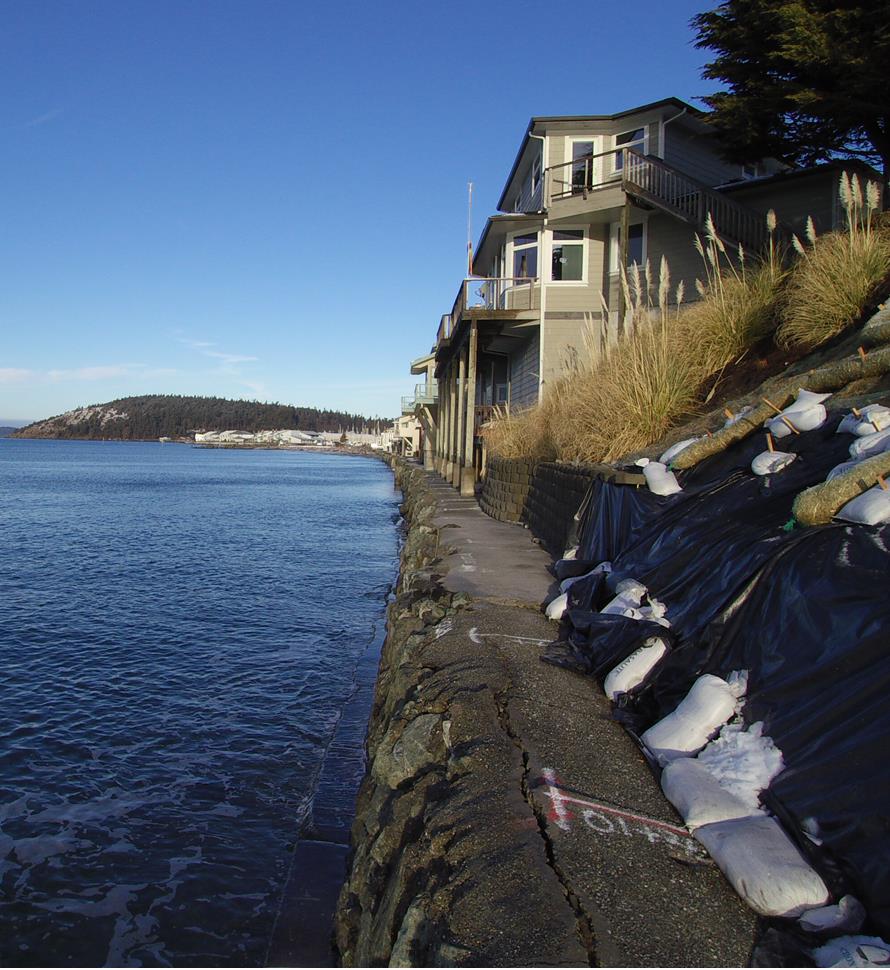
-
Structural Repair / Bonding & Anchoring
The need for crack repair in concrete structures can be caused by many different factors. Damage can occur to the concrete in situations where direct impact puts stress on one area of the structure.
Read More
-
Highway & Bridge
The geotechnical needs of DOTs and other agencies responsible for roads and bridges are vast. Issues include: Culvert repair Soil stabilization Void filling Concrete slab lifting Sinkhole remediation Slope control Slough control in tunneling
Read More
-
Waterproofing & Secondary Containment
Protecting concrete usually means shielding it from the elements of nature or from harsh manmade chemicals. But it’s not just concrete that needs such protection. Corrugated metal pipe, steel surfaces, material hoppers, rail cars and masonry all can come in contact with corrosive or abrasive materials or harsh conditions.
Read More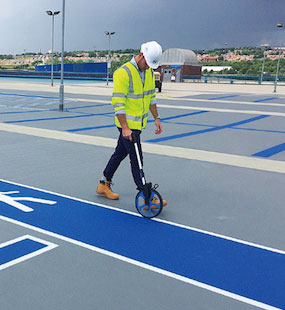
-
Leak Seal
-
Products
- Leak Repair
-
Soil Improvement
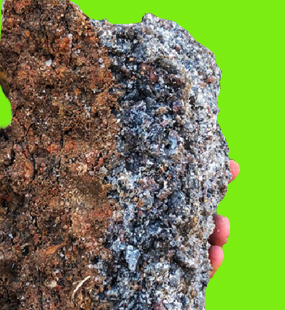
- Soil Stabilization
- Slab Lifting
- Structural Repair / Bonding & Anchoring
- Pumps
- Dispense Guns & Applicators
-
Turnkey Trailer Rig
Are you ready to hit the ground running doing concrete leveling with polyurethane foam? Prime Resins offers the industry’s best suite of products for lifting concrete as a turnkey, fully equipped trailer rig.
Read More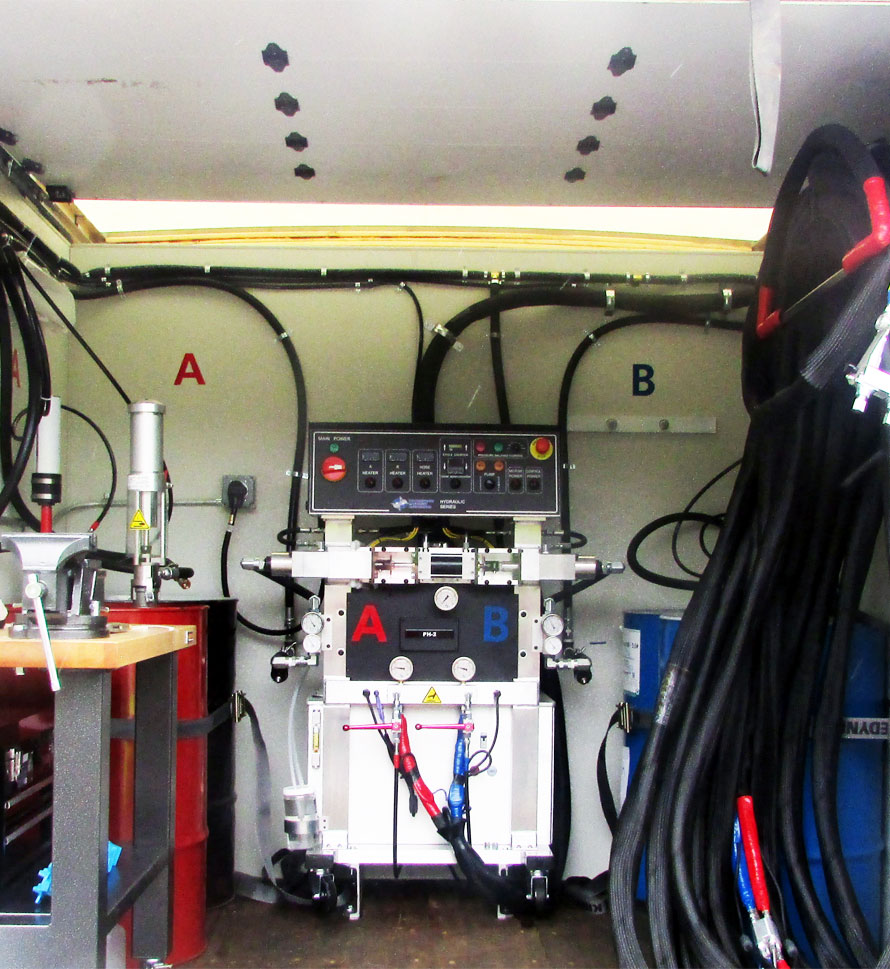
-
Accessories (General)
- 3/4" expendable drive point
- 3/8" and 3/4" soil probes
- Cartridge / Port Connectors and Mixers
- Conduit Seal Kit
- Eco Flush
- F Valve
- Flush Wand
- Grout Needle Kit
- High Pressure Control Valve
- High Pressure Mechanical Ports
- Kick Fast
- Low Pressure Plastic Ports
- PR11 TEA (used w/ PR10 ACLM)
- PR12 APSF catalyst (used w/ PR10 ACLM)
- PR17 LYTX
- Prime Kat
- Prime Plug
- Prime Solvent CGC
- Oakum
- Soil pipe jack
- Stainless Steel Grout Needle & Kit
- StainShield
- Wall Stinger Nozzle
-
Soil Grouting Accessories
- Pipe Coupler
- Pipe Coupler Ferrule
- Buttonhead Coupler - Straight
- Buttonhead Fittings
- SG 3/4" Expendable Drive Tip
- SG 3/4 Rod - 39" Base
- SG 3/4 Rod - 39" Connector
- SG 3/4 Rod - 19.5" Base
- SG 3/4 Rod - 19.5" Connector
- SG 3/4 Fitting - Pipe to Buttonhead
- SG 3/4 Fitting - Buttonhead Fitting
- IL 1/2" Drive Point
- IL 1/2" rod - 39" base
- IL 1/2" rod - 39" connector
- IL 1/2" Fitting Buttonhead
- SG 3/4" Fitting - Buttonhead Coupler
- SG 3/4" Slotted Drive Tip
- SG 3/4 Drive Head
- Modified Pipe Jack Soil Grouting
- SG 3/4 Fitting - Buttonhead Coupler
- Pagani DPM30 Penetrometer
- IL 1/2" Fitting - Buttonhead to Connector Rod
- IL 1/2" Rod to Rod Coupler Fitting
- High Pressure Flow Control Valve
- Buttonhead Coupler - 90°
- Buttonhead Clamp Kit
- DPM30 Penetrometers
- Floor & Joint Repair
- Waterproofing & Secondary Containment
- News
- Downloads
-
Tools
-
Case Studies
Prime Resins takes pride in its ability to find the right solutions to the problems facing our customers. Here are some examples of customers’ successful jobs:
Read More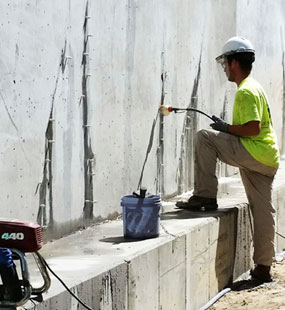
-
Prime Practices
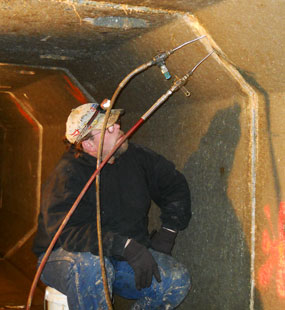
-
Videos

-
Estimating Tools & Info.

-
Why us?
The superior quality of products at a fair price, our consultative approach, and our unparalleled technical support set Prime Resins apart. Learn more about the Prime difference.
Read More
-
Product Types & Typical Uses
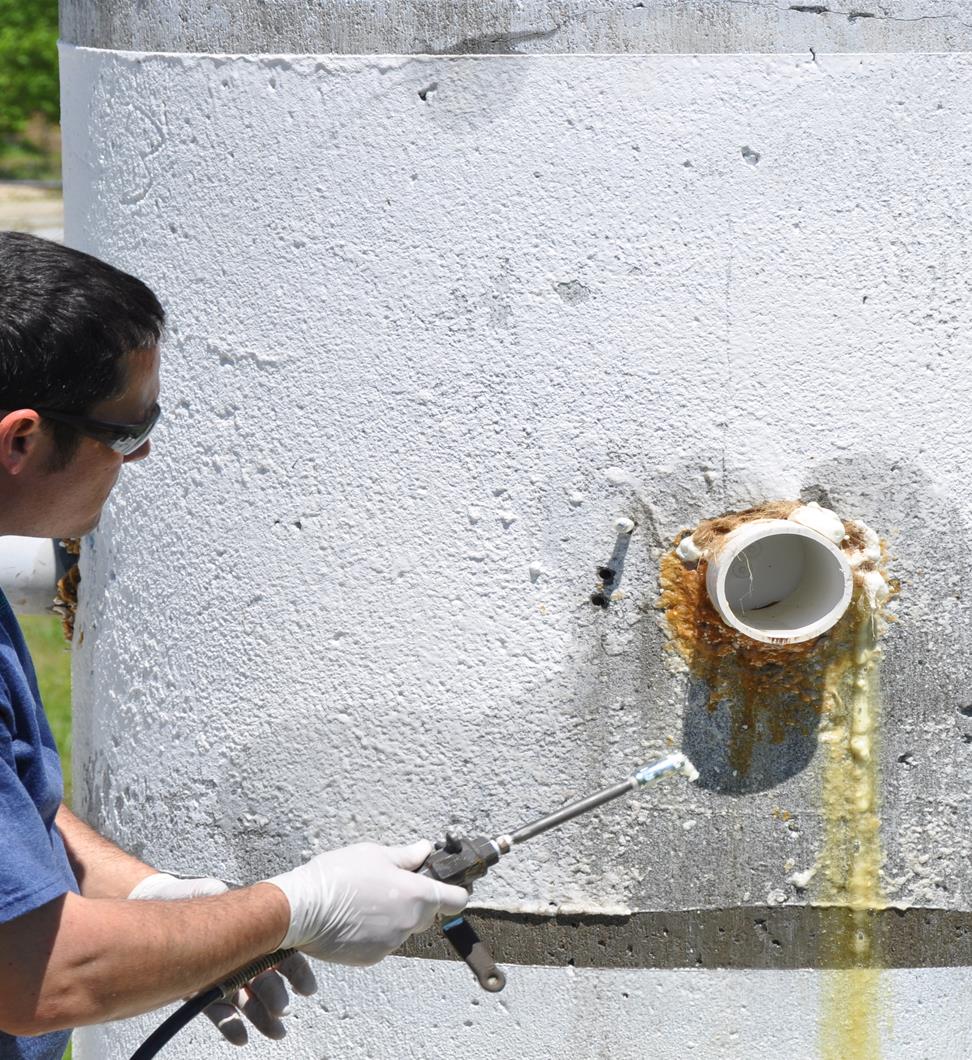
-
Looking for a contractor?
-
Certifications
-
Case Studies
- Contact
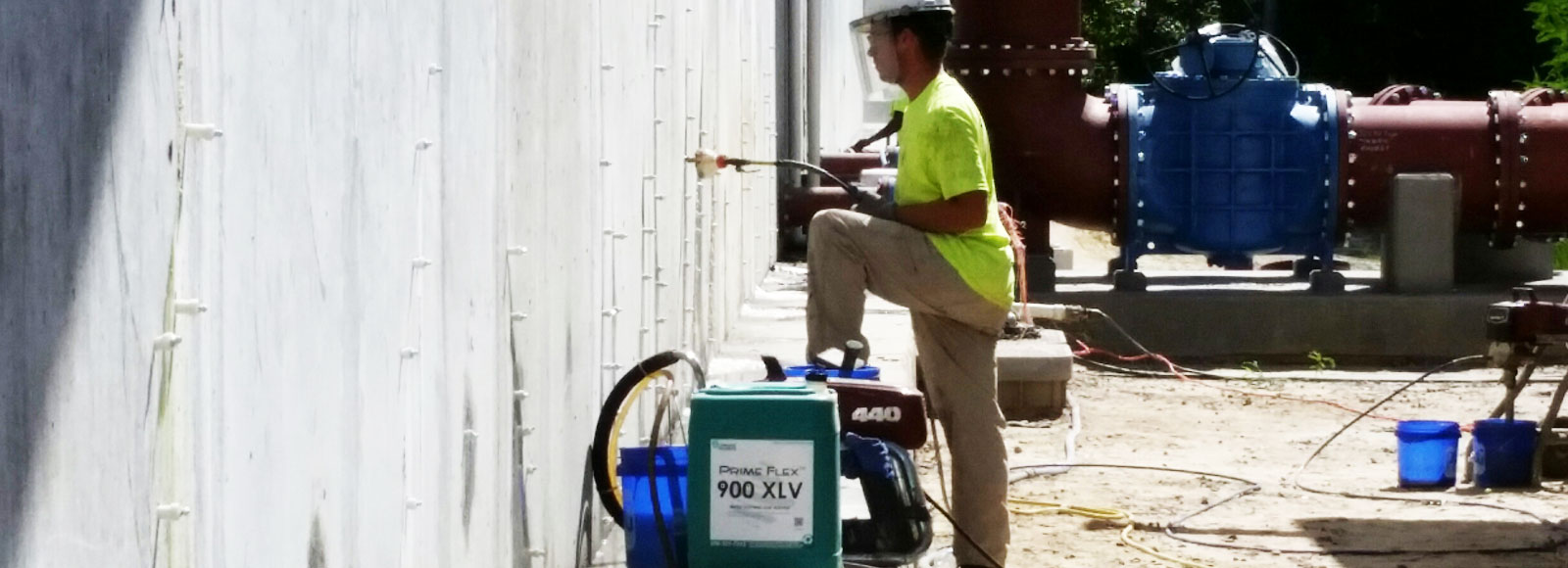
Prime Practices
Flushing Drill Holes and Installing Ports
Problem: Dust left in an injection hole by the drilling process will turn to a thick paste and block the flow of resin if not properly cleaned out.
Steps:
WHY FLUSH THE HOLE?
Properly flushing out the drilling dust from a drilled hole can mean the difference between a successful job and a complete failure. In almost all cases, proper flushing will reduce the chances of callbacks. This is most important in tight cracks, but is equally important in injecting wide cracks and joints. The only exception is if you hit a water pocket and water streams out of the drill hole. Obviously this is a self flushing hole. If you fail to properly flush the hole (from the back), then here is what will happen: When you begin injecting resin, the drilling dust will mix with the resin and turn into a paste. The paste will be the first material to reach the crack and will dam it, potentially preventing any resin from getting into the crack. The drilling dust also can prevent your injection port from properly seating in the hole. The port may blow out of the hole when the resin is injected at high pressure (up to 3,000 p.s.i.). If your injection port blows out, it is highly unlikely that you will be able to get another port to seat in the hole (the hole is now lubricated with resin). This will result in failure at that point of injection.
HOW TO FLUSH THE HOLE
The key to properly flushing a hole is to force water into the back of the hole so that it
washes out the entire hole back to front. The best way to do this is by using a flush wand (available from Prime Resins) and an airless sprayer (the same type of pump you would use for injecting the resin – even the same pump in some situations.)
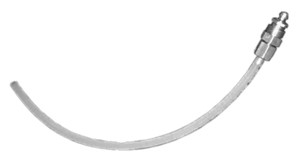
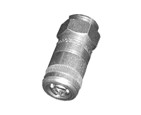
Flush wand Coupler
If you don’t have a flush wand available, feel free to improvise. Use a piece of plastic tubing from a hardware store. You can attach it to the end of a garden sprayer. You can buy a cheap garden sprayer and cut off the end of the wand (assuming the wand will fit in the hole you drill). Rig up a piece of tubing to the end of a water hose. Do whatever it takes, just make sure you do something to flush the drilling dust out of the hole from the back.
Here is the key: The wand needs to be a smaller diameter than the size of the hole you are drilling so that it will fit in the hole. It has to reach all the way to the back of the hole.
SETTING INJECTION PORTS
The injection ports you install may have to withstand pressures as high as 3,500 p.s.i. so they need to be installed properly. There are several types of ports available.
1/2″ or 5/8″ MECHANICAL PACKERS
Install mechanical packers into the drill hole so that the colored tubing and washer are completely inside the hole (only the metal extension is protruding from the hole). Tighten down the metal extension hand tight. Over-tightening can cause excessive pressure and crack weak concrete.

3/8″ BANG-IN PORTS
Insert the ports into the holes and bang them in with a standard hammer. You will notice a slight change in the way the “bang” feels once the ports are set tight. They will not seat flush to the collar. The collar will protrude slightly from the concrete.
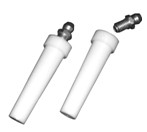
INSTALLING ZERK FITTING
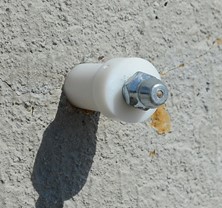
The zerk fitting will screw directly into the metal extension of the mechanical packers or the threaded hole of the bang in ports. The key to making this easy on yourself is to use a 9/32” nut driver (a tool with a screwdriver handle and a 9/32” socket on the end). This makes installation easy. Without this tool, installing the zerk into a bang in port can be difficult, especially if resin is running out the port.
At times, it will be beneficial to leave the zerk fittings off of the ports until resin or foam starts running out. Leaving the zerk off will allow water and foam to run out, giving you a good indication of how your procedure is working (water speeding up or slowing down, foam or raw resin running out the port).
Safety Considerations:
Keep flush water off of electrical components.
Materials List:
- Flush wand
- Hydraulic coupler
- High pressure injection port
Equipment List:
- For 1/2” or 5/8” Mechanical Packers:
- Socket Wrench and 3/8” deep well socket
- 9/32” Nut driver
- Vice grips
For 3/8” bang in ports:
- Hammer
- Vice grips
- 9/32” nut driver



